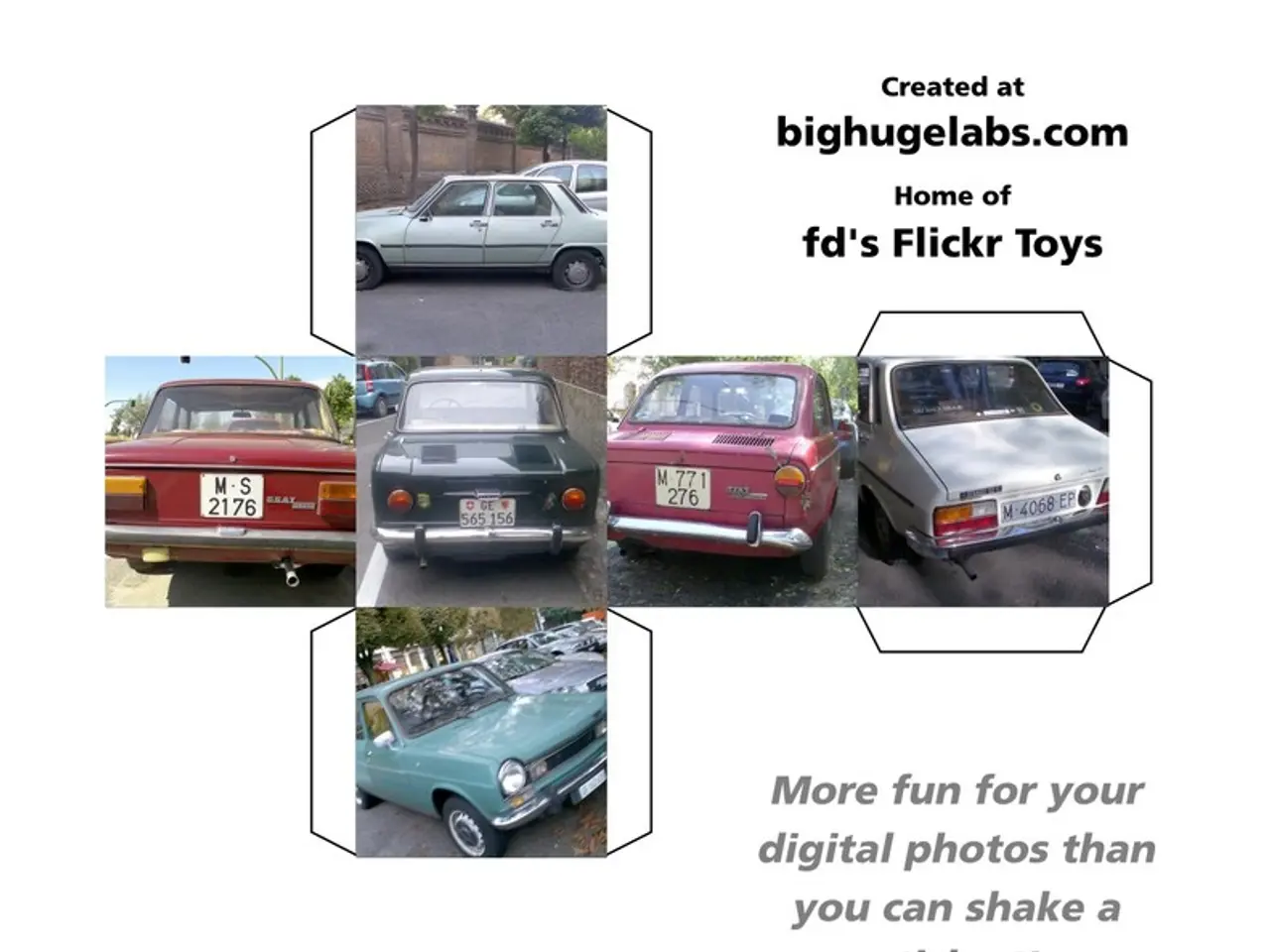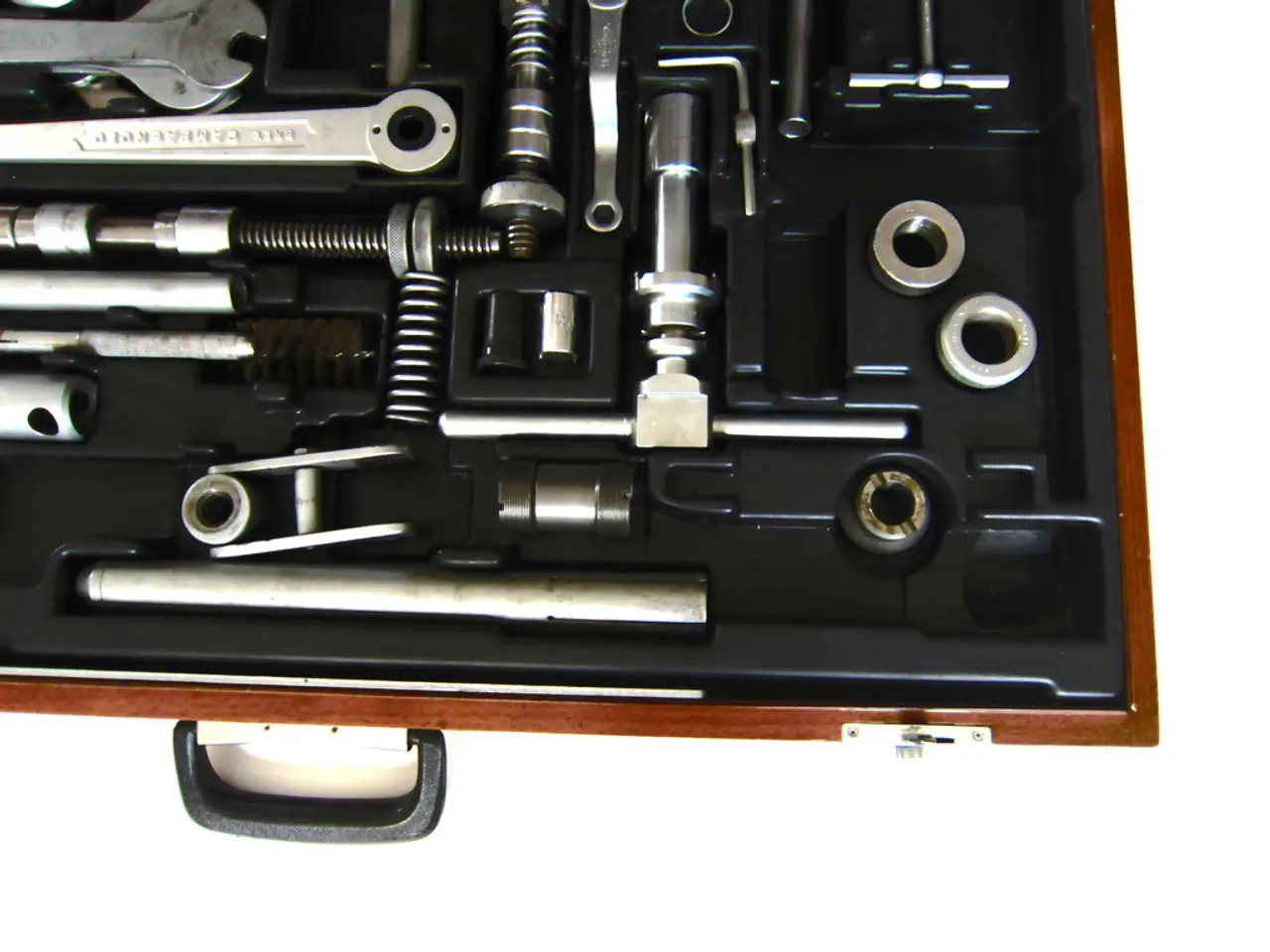Utilizes cookies to enhance your browsing experience on Autovista24
In April 2025, the European car market showed a mixed picture, with some countries experiencing growth while others faced declines. Spain and Italy emerged as the top-performing countries, recording significant increases in new car registrations compared to the same month in 2024.
Spain, the leading performer, saw a 7.1% growth in new car registrations, with a total of 145,678 units sold. Italy followed closely, recording a 2.7% increase, amounting to 132,123 units registered. Overall, the European Union (EU) saw a modest increase of 1.3% in new passenger car registrations, with a total of 925,359 units registered, rebounding from a slight decline in March 2025.
Contrastingly, some major markets experienced declines in April 2025. Belgium's registrations fell by 4.8%, Germany's by 0.2%, and the Netherlands' by 4%, according to data released by the European Automobile Manufacturers' Association (ACEA).
The electrified market continued to grow, with a 25.6% increase in April 2025, amounting to 547,620 units. Electric vehicles (EVs) captured 24.5% of EU volumes, up 5.8 percentage points (pp) compared to April 2024. Battery Electric Vehicles (BEVs) were the best-performing powertrain, with registrations soaring 34.1% year on year. Plug-in Hybrid Electric Vehicles (PHEVs) also enjoyed a strong result, with 81,554 registrations, marking a 31.2% year-on-year growth.
The petrol-powered car market endured a 20.6% decline in April 2025, while the internal-combustion engine (ICE) market faced a 21.6% slump. The diesel-powered car market also saw a decline of 24.4% during that month.
PHEVs accounted for 8.8% of new-car registrations in April 2025, up by 2 percentage points. The share of hybrids in the EU's new-car market rose by 5.6 percentage points, reaching 34.7%.
Germany boosted its PHEV total and comfortably remained its biggest market, with a gain of 60.7% and 9,182 units compared to April 2024. Poland recorded a significant increase of 115.9% in new car deliveries in April 2025, while deliveries in the Netherlands rose by 41.4%. Austria saw an increase of 87.6%, and Portugal and Sweden improved by 20.4% and 19.3%, respectively.
However, Belgium saw a decline of 48.5% in PHEV deliveries in April 2025, and Cyprus, Denmark, and Malta were the only other markets to suffer declines in PHEV deliveries during that month.
In the year to date, the total number of ICE models registered fell by 22.1% compared to the same period in 2024. Out of the 27 EU member states, 16 recorded improvements, with six of these being double-digit rises. Ireland experienced a growth of 23% in new car deliveries in April 2025.
These figures suggest a continued shift towards electrified vehicles in Europe, with Spain and Italy leading the way in growth. The EU's big four markets, France and Germany, suffered respective declines of 5.6% and 0.2%. As the world moves towards a more sustainable future, it is clear that the car market is following suit.
- In contrast to the growth in Spain and Italy, Germany, one of the EU's big four markets, faced a decline of 0.2% in new car registrations in April 2025.
- The electrified vehicle market continued its growth, with a 25.6% increase in April 2025, indicating a shift towards sustainable transportation options in Europe.
- While Spain recorded a significant 7.1% growth in new car registrations, Belgium experienced a 4.8% decline in the same period, signifying varying trends within the European car market.
- In the year to date, the petrol-powered car market endured a 20.6% decline, while the diesel-powered car market also saw a decline of 24.4%, highlighting a trend towards electric vehicles in the European Union.




